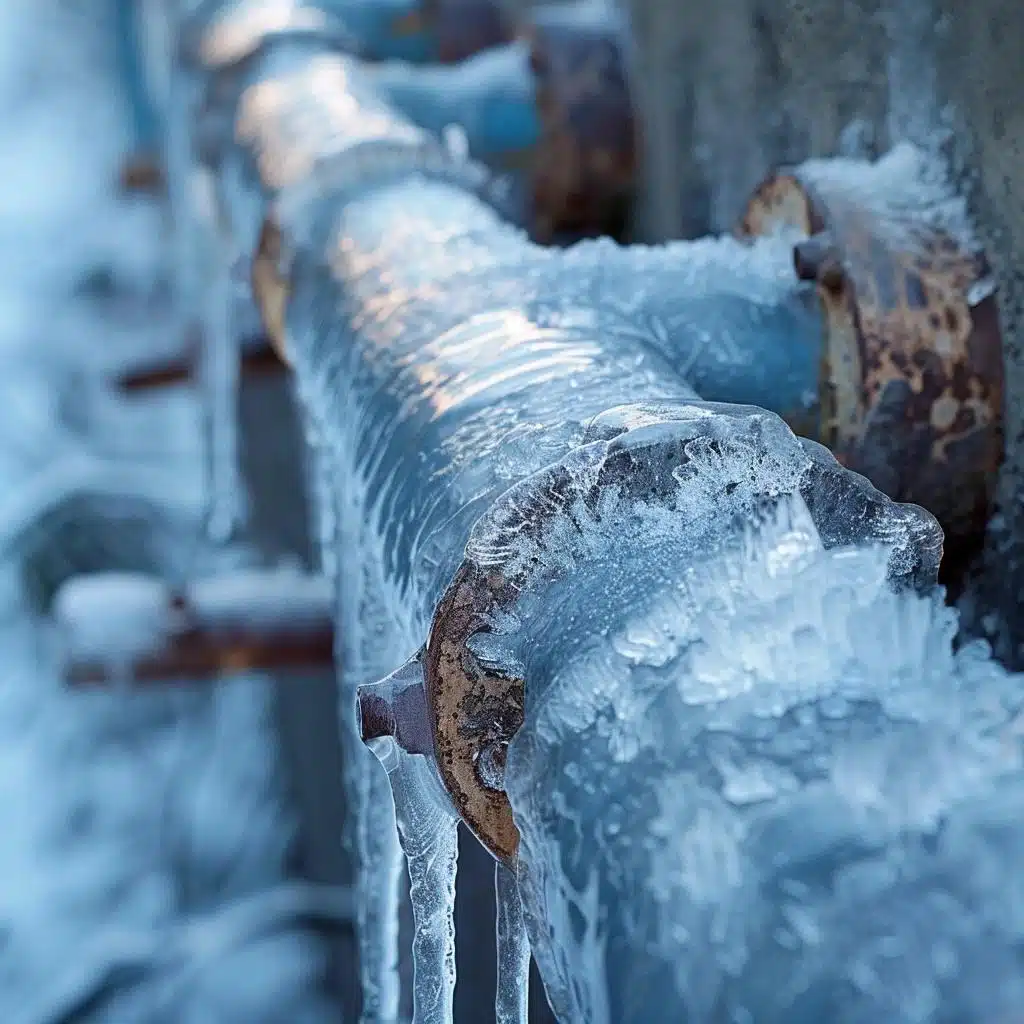Important Tips to Prevent Frozen Pipes in Winter
Important Tips to Prevent Frozen Pipes in Winter
Blog Article
Just about everyone has their personal opinion in relation to Winter Plumbing Precautions: Preventing Frozen Pipes.

Winter can ruin your pipes, especially by freezing pipes. Below's exactly how to prevent it from happening and what to do if it does.
Intro
As temperature levels drop, the threat of icy pipelines increases, potentially bring about costly repair work and water damages. Understanding how to prevent frozen pipelines is crucial for homeowners in chilly climates.
Avoidance Tips
Insulating vulnerable pipelines
Cover pipes in insulation sleeves or make use of warmth tape to protect them from freezing temperature levels. Focus on pipes in unheated or exterior locations of the home.
Home heating methods
Maintain interior rooms appropriately heated up, especially locations with pipes. Open closet doors to enable cozy air to distribute around pipes under sinks.
Just how to determine icy pipes
Seek reduced water circulation from faucets, uncommon odors or sounds from pipelines, and visible frost on subjected pipelines.
Long-Term Solutions
Structural changes
Think about rerouting pipelines far from exterior walls or unheated areas. Include added insulation to attics, basements, and crawl spaces.
Upgrading insulation
Purchase high-quality insulation for pipes, attic rooms, and wall surfaces. Proper insulation helps maintain consistent temperatures and minimizes the danger of frozen pipelines.
Securing Exterior Plumbing
Yard hose pipes and exterior faucets
Detach and drain pipes garden pipes before winter. Install frost-proof spigots or cover outdoor taps with insulated caps.
Comprehending Icy Pipelines
What creates pipelines to freeze?
Pipelines ice up when subjected to temperature levels below 32 ° F (0 ° C) for expanded periods. As water inside the pipelines ices up, it expands, putting pressure on the pipeline walls and possibly triggering them to rupture.
Dangers and problems
Frozen pipes can bring about water system disturbances, residential property damage, and expensive repair services. Ruptured pipelines can flooding homes and cause extensive architectural damage.
Signs of Frozen Water Lines
Recognizing icy pipelines early can prevent them from bursting.
What to Do If Your Pipes Freeze
Immediate actions to take
If you think frozen pipes, keep faucets open up to relieve stress as the ice thaws. Utilize a hairdryer or towels soaked in hot water to thaw pipelines gradually.
Verdict
Protecting against icy pipes calls for positive measures and fast reactions. By understanding the reasons, signs, and safety nets, property owners can shield their plumbing during winter.
5 Ways to Prevent Frozen Pipes
Drain Outdoor Faucets and Disconnect Hoses
First, close the shut-off valve that controls the flow of water in the pipe to your outdoor faucet. Then, head outside to disconnect and drain your hose and open the outdoor faucet to allow the water to completely drain out of the line. Turn off the faucet when done. Finally, head back to the shut-off valve and drain the remaining water inside the pipe into a bucket or container. Additionally, if you have a home irrigation system, you should consider hiring an expert to clear the system of water each year.
Insulate Pipes
One of the best and most cost-effective methods for preventing frozen water pipes is to wrap your pipes with insulation. This is especially important for areas in your home that aren’t exposed to heat, such as an attic. We suggest using foam sleeves, which can typically be found at your local hardware store.
Keep Heat Running at 65
Your pipes are located inside your walls, and the temperature there is much colder than the rest of the house. To prevent your pipes from freezing, The Insurance Information Institute suggests that you keep your home heated to at least 65 degrees, even when traveling. You may want to invest in smart devices that can keep an eye on the temperature in your home while you’re away.
Leave Water Dripping
Moving water — even a small trickle — can prevent ice from forming inside your pipes. When freezing temps are imminent, start a drip of water from all faucets that serve exposed pipes. Leaving a few faucets running will also help relieve pressure inside the pipes and help prevent a rupture if the water inside freezes.
Open Cupboard Doors
Warm your kitchen and bathroom pipes by opening cupboards and vanities. You should also leave your interior doors ajar to help warm air circulate evenly throughout your home.

As an enthusiastic person who reads on Preventing and dealing with frozen pipes, I thought sharing that topic was sensible. Sharing is nice. One never knows, you could be helping someone out. Thank you for being here. Come back soon.
Request An Estimate Report this page